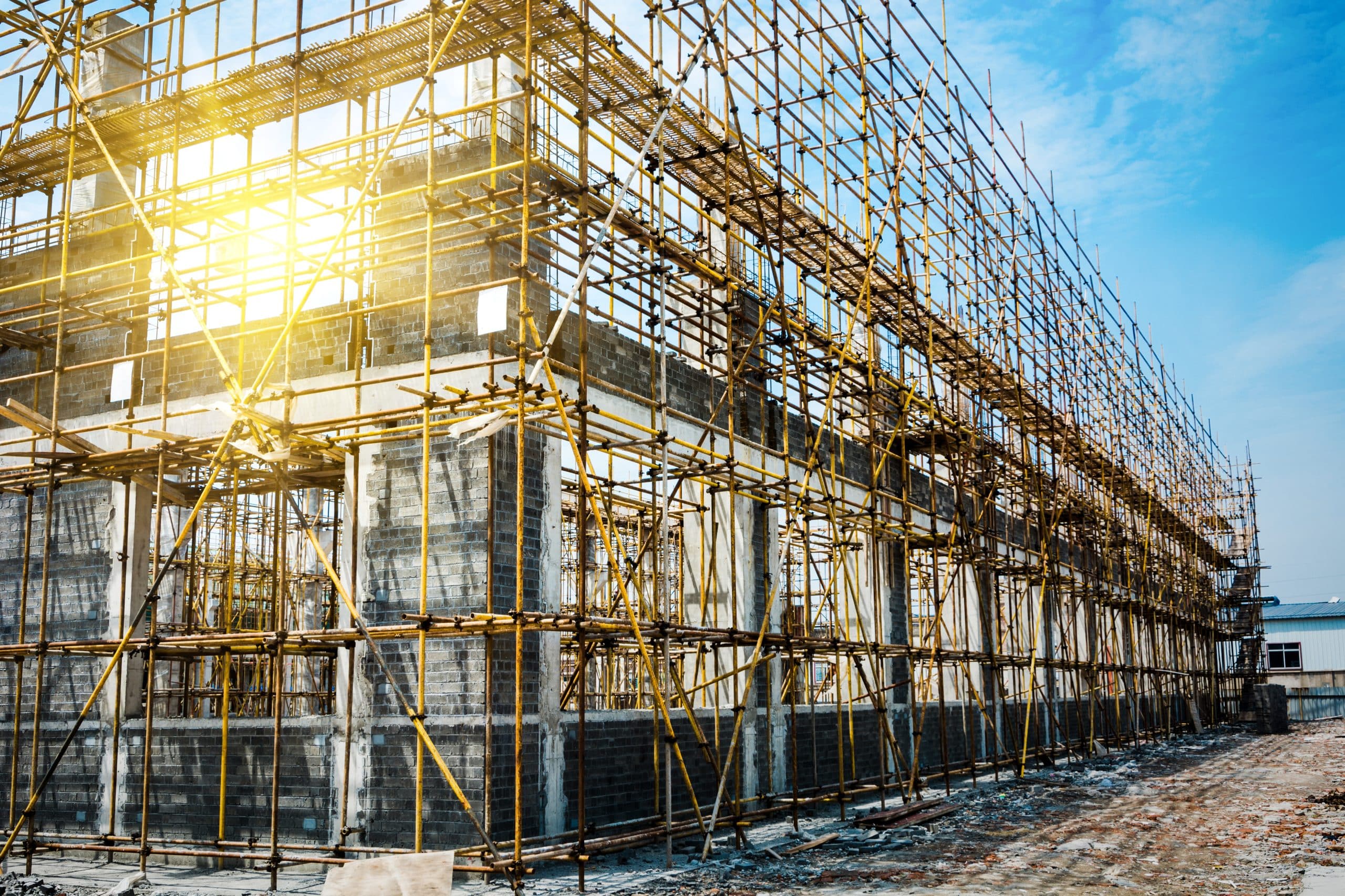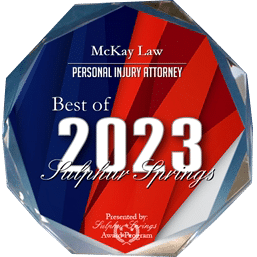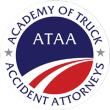In the bustling construction industry of Texas, scaffolding accidents continue to pose a significant risk to workers’ safety and well-being. From falls and collapses to electrocution and struck-by-object incidents, these accidents can have devastating consequences, leading to severe injuries or even fatalities. This article delves into the leading causes of scaffolding accidents in Texas, aiming to shed light on the factors that contribute to these unfortunate incidents.
Through in-depth research and analysis, we will examine the various reasons behind these accidents, such as inadequate training, faulty equipment, lack of proper safety measures, and human error. By understanding the root causes, we can work towards implementing effective preventive measures to ensure the safety of construction workers.
It is vital to address these issues and raise awareness about the risks associated with working at unsafe heights. By highlighting the leading causes of scaffolding accidents, we hope to provide valuable insights that can help stakeholders, including employers, site managers, and workers, take proactive steps to mitigate risks and create a safer working environment.
So, join us in unraveling the mysteries behind scaffolding accidents in Texas and discover how we can work together to build a safer future for construction workers.
Importance of scaffolding in construction
Scaffolding is a crucial component in the construction industry, providing support and access for workers to carry out tasks at various heights. Without scaffolds, many construction projects would be nearly impossible to complete efficiently and safely.
However, along with its importance comes inherent risks. The nature of working at elevated levels presents dangers such as falls, being struck by falling objects, electrocution, and more. These risks underscore the critical need for stringent safety protocols when using scaffolding on job sites.
In Texas, where the construction industry thrives, scaffold-related incidents are unfortunately not uncommon. Understanding these incidents’ trends and causes is vital in implementing preventive measures to protect workers from harm while on scaffolds. By analyzing these factors specific to Texas’s construction landscape, we can work towards creating a safer environment for all those involved in this challenging line of work.
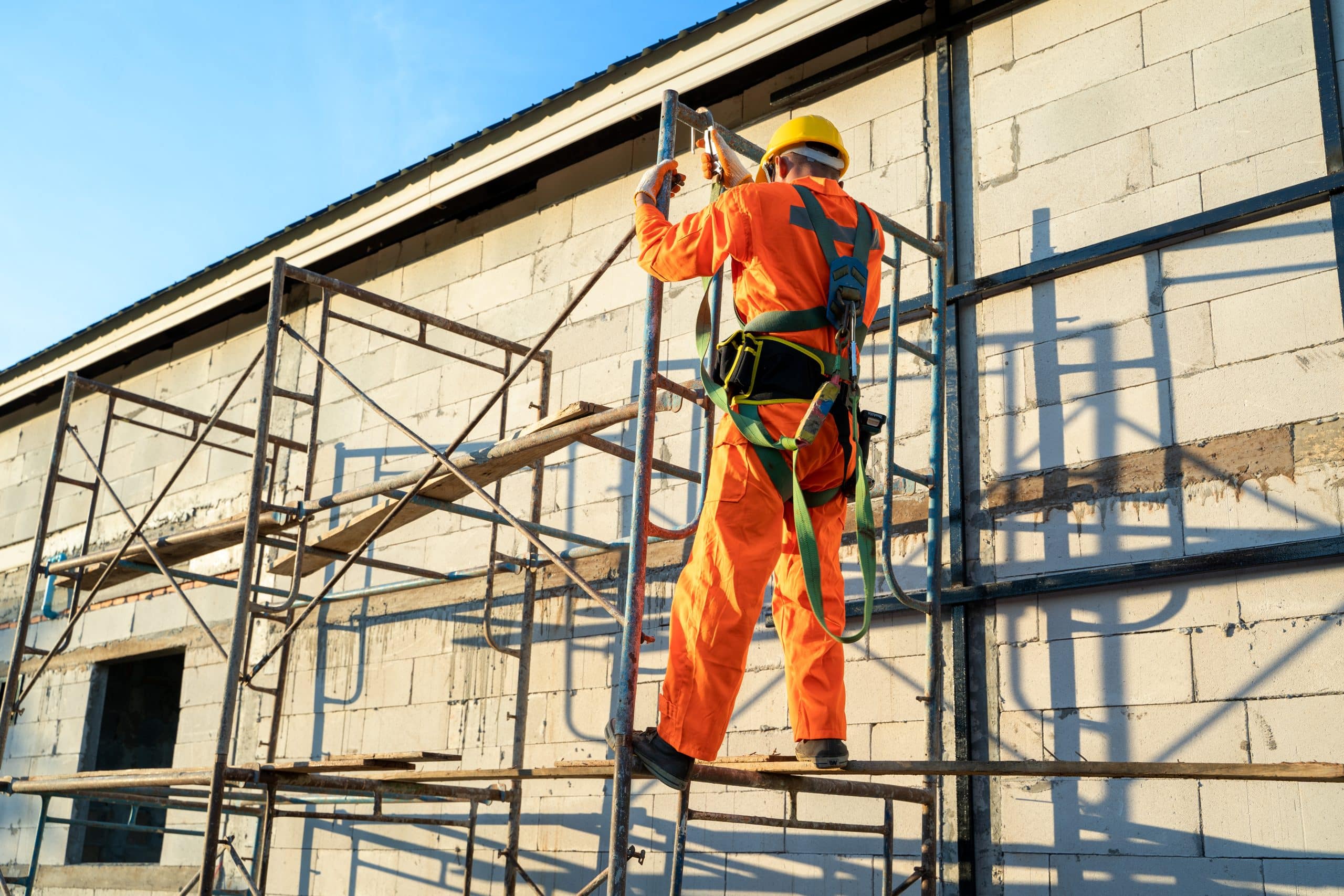
Overview of Scaffold-Related Deaths and Injuries
Scaffolding accidents in Texas are a serious concern within the construction industry. The statistics and trends show a higher incidence of scaffold-related incidents compared to national averages. Understanding the main causes of deaths and injuries on scaffolds is crucial for improving safety protocols.
The data reveals a concerning pattern of fatalities and injuries occurring due to falls, struck by falling objects, electrocution, musculoskeletal injuries, slips/trips/falls, and scaffold collapses. These incidents highlight the need for enhanced safety measures and stricter adherence to regulations in Texas.
By analyzing these trends and identifying root causes, we can work towards creating a safer work environment for construction workers. Preventing these accidents requires proactive measures, proper training programs, regular inspection routines, and robust enforcement of safety standards.
Prioritizing scaffold safety is imperative to reduce the number of accidents and protect workers from harm. Vigilance in addressing these issues will lead to a significant improvement in workplace safety practices across Texas.
Main Causes of Deaths on Scaffolds in Texas
When it comes to scaffolding accidents in Texas, falls from heights are a leading cause of fatalities. The lack of adequate fall protection measures puts workers at risk every day on construction sites across the state. It only takes one moment of carelessness for tragedy to strike.
Improper scaffold assembly and maintenance can also contribute to fatal accidents. Neglecting crucial safety checks or using substandard equipment can have devastating consequences. In the fast-paced environment of construction, attention to detail is critical in preventing such incidents.
Unsafe work practices further compound the risks associated with working on scaffolds. Ignoring safety protocols, rushing through tasks, or disregarding warning signs can create a dangerous work environment where accidents are more likely to occur. Prioritizing proper training and adherence to safety guidelines is essential in safeguarding workers’ well-being while working at heights in Texas.
Struck by Falling Objects
One of the common causes of accidents on scaffolds is being struck by falling objects. This can happen due to various reasons, including inadequate barricading or netting. When proper safety measures are not in place, workers are at risk of being hit by tools or materials that fall from above.
Moreover, failure to secure tools and materials properly can also lead to dangerous situations on scaffolds. If items are left unsecured, they may easily become dislodged and pose a threat to those working below.
Additionally, poor communication among workers can contribute to the risk of being struck by falling objects. When there is a lack of clear communication about moving materials or potential hazards overhead, accidents are more likely to occur. It’s crucial for all team members to be vigilant and communicate effectively to maintain a safe work environment on scaffolds.
Electrocution
Working near overhead power lines poses a significant risk of electrocution for scaffold workers in Texas. The proximity to these electrical sources increases the likelihood of accidents occurring, highlighting the importance of proper training and awareness. Inadequate knowledge about electrical hazards can lead to dangerous situations where workers may unknowingly put themselves at risk. Insufficient safety precautions further exacerbate the dangers associated with working near electricity, underscoring the need for strict adherence to safety protocols at all times. It is crucial for employers and workers alike to prioritize safety measures when dealing with electrical sources on scaffolds to prevent tragic incidents from happening.
Main Causes of Injuries on Scaffolds in Texas
Musculoskeletal injuries are a prevalent concern on scaffolds in Texas. Overexertion from heavy lifting is a common cause, leading to strains and sprains among workers. Repetitive strain injuries often result from maintaining awkward postures for extended periods while working on scaffolds. The lack of ergonomic design in scaffold equipment can contribute to discomfort and physical stress on the body.
To mitigate these risks, it’s crucial for employers to prioritize proper training on safe lifting techniques and ergonomics. Implementing strategies to reduce heavy lifting requirements and promote better posture can help prevent musculoskeletal injuries among scaffold workers. Additionally, investing in ergonomically designed scaffold equipment can enhance worker comfort and safety during construction tasks.
Ensuring that scaffold workers have access to tools and resources that support their physical well-being is essential for creating a safer work environment in the construction industry.
Slips, Trips, and Falls
Slips, trips, and falls are common causes of injuries on scaffolds in Texas. Wet or slippery surfaces can make it easy for workers to lose their footing and fall. It is essential to ensure that scaffold platforms are kept dry and free from any liquids or debris that could cause accidents.
Obstructions on scaffold platforms pose a significant risk as well. Tools, materials, or equipment left lying around can create tripping hazards for workers moving about the scaffold. Proper housekeeping and organization are crucial to prevent such incidents.
Inadequate lighting conditions can also contribute to slips, trips, and falls on scaffolds. Poor visibility makes it challenging for workers to navigate safely around the platform. Adequate lighting should be provided to ensure a well-lit work environment and minimize the risk of accidents occurring due to darkness or shadows.

Scaffold Collapse
Scaffold collapses can be catastrophic, often resulting from preventable factors. Overloading scaffold platforms beyond their capacity is a common cause, putting workers at risk of serious injuries or even fatalities. Additionally, using defective or damaged scaffold components compromises the structural integrity and increases the likelihood of collapse.
Proper inspection and maintenance procedures are crucial in ensuring scaffold safety on construction sites. Regular checks for wear and tear, corrosion, or structural weaknesses can help identify issues before they escalate into accidents. Neglecting these essential steps not only endangers workers but also poses a threat to overall project timelines and budgets.
Prioritizing proper load limits, quality materials, and diligent inspections is key to preventing scaffold collapses and maintaining a safe work environment for all involved.
Regulatory Framework and Preventive Measures
When it comes to scaffold safety, regulatory frameworks play a crucial role in ensuring the well-being of workers. The Occupational Safety and Health Administration (OSHA) sets national standards that companies must adhere to when working with scaffolding.
In Texas, specific regulations and enforcement agencies oversee scaffold-related activities to ensure compliance with safety measures. It is essential for employers to be aware of these state-specific guidelines to create a safe work environment.
Implementing best practices such as comprehensive training programs can equip workers with the knowledge and skills needed to handle scaffolds safely. Regular inspection and maintenance routines help identify potential hazards before accidents occur.
Furthermore, the implementation of engineering controls and administrative measures adds an additional layer of protection for workers on scaffolds. By following these guidelines diligently, companies can reduce the risk of accidents and injuries on construction sites in Texas.
Case Studies
In Texas, several notable scaffold-related incidents have shed light on the dangers of poorly constructed scaffolds and negligent workers. These incidents have highlighted the importance of prioritizing safety in construction sites to prevent accidents that can lead to severe injuries or fatalities.
Analyzing the contributing factors behind these incidents is crucial for understanding how employer negligence and careless worker behavior can create a dangerous work environment. By examining each case closely, valuable lessons can be learned to improve safety measures and regulations in the industry.
The impact of these incidents goes beyond individual workplaces, affecting overall workplace safety practices and regulation statewide. Implementing stricter guidelines and enforcement mechanisms becomes essential to ensure that similar accidents are prevented in the future. Learning from past mistakes is key to creating a safer environment for all workers involved in construction activities on scaffolds across Texas.
Recap of main causes of deaths and injuries on scaffolds in Texas
As we have explored the top causes of deaths and injuries on scaffolds in Texas, it is evident that prioritizing scaffold safety in construction is crucial for safeguarding workers’ well-being. The statistics and trends in scaffold-related incidents emphasize the pressing need for continuous improvement in safety measures and regulations within the construction industry.
Employers must take proactive steps to address issues such as falls from height, being struck by falling objects, electrocution, musculoskeletal injuries, slips, trips, falls, and scaffold collapses. By implementing comprehensive training programs, regular inspection protocols, and engineering controls on worksites, companies can significantly reduce the risks associated with scaffolding accidents.
It is essential for both employers and workers to adhere strictly to Occupational Safety and Health Administration (OSHA) standards alongside Texas-specific regulations enforced by relevant agencies. By promoting a culture of safety consciousness and accountability among all stakeholders involved in construction projects using scaffolding structures,
We must collectively strive towards creating a safer work environment free from negligent practices that lead to devastating consequences. Let us commit ourselves to fostering a workplace culture where safety is paramount and where every individual returns home safely at the end of each day. Together, through diligence and adherence to best practices outlined by regulatory bodies like OSHA,
Let us continue working towards improving scaffold safety standards across Texas – because every life matters, every injury prevented makes a difference,
and every action taken brings us closer to ensuring a secure future for all those who contribute their skills to building our communities.
Scaffold safety in Construction
Scaffolds provide a safe and efficient way to work in construction. However, according to the Bureau of Labor Statistics, unsafe scaffolding caused 3,400 injuries and 56 work-related deaths in the U.S. in 2020. Scaffold hazards have ranked in the top five most common OSHA violations since 2016.
Workplace safety requires employers and employees to recognize scaffolding hazards and make sure every scaffold is used properly. Although there are many different types of scaffolding, each share common hazards. These tips can help workers spot the dangers and keep construction sites safe.
Use fall protection.
The Occupational Safety and Health Administration (OSHA) requires scaffold builders to use a body harness, lanyard, and lifelines for fall protection. Scaffolds higher than 10 feet and more than 14 inches from the side of a building must have a complete guardrail system with toe boards covering all exposed sides and decks to prevent objects from falling off. If guardrails cannot be used, workers must use personal fall arrest systems when the scaffold height is over 10 feet.
Provide safe access with ladders, stairs, or ramps.
Scaffolding falls usually happen when workers climb the braces or scaffold frame, which are not designed to be climbed. OSHA requires the use of ladders to provide safe access to the scaffold area when the elevation change is more than two feet. However, direct access to scaffolding is allowed from another scaffold or structure if it’s not more than 14 inches horizontally or 24 inches vertically from the other surface. Cross braces cannot be used to climb on or off the scaffold.
Protect against injuries from falling tools, work materials, or debris.
Falling objects are a common cause of scaffolding injuries. Reduce or eliminate this hazard by using toe boards, netting, or barricades around the area. Hard hats must be worn when working on and near scaffolding.
Stay away from overhead power lines.
Overhead power lines are dangerous and can be deadly. Build scaffolding at least 10 feet from an exposed power source unless it has been insulated or de-energized. Ensure all electrical cords and power tools are in good condition and protected by a ground fault circuit interrupter (GFCI). Never work on scaffolds in electrical storms or high winds.
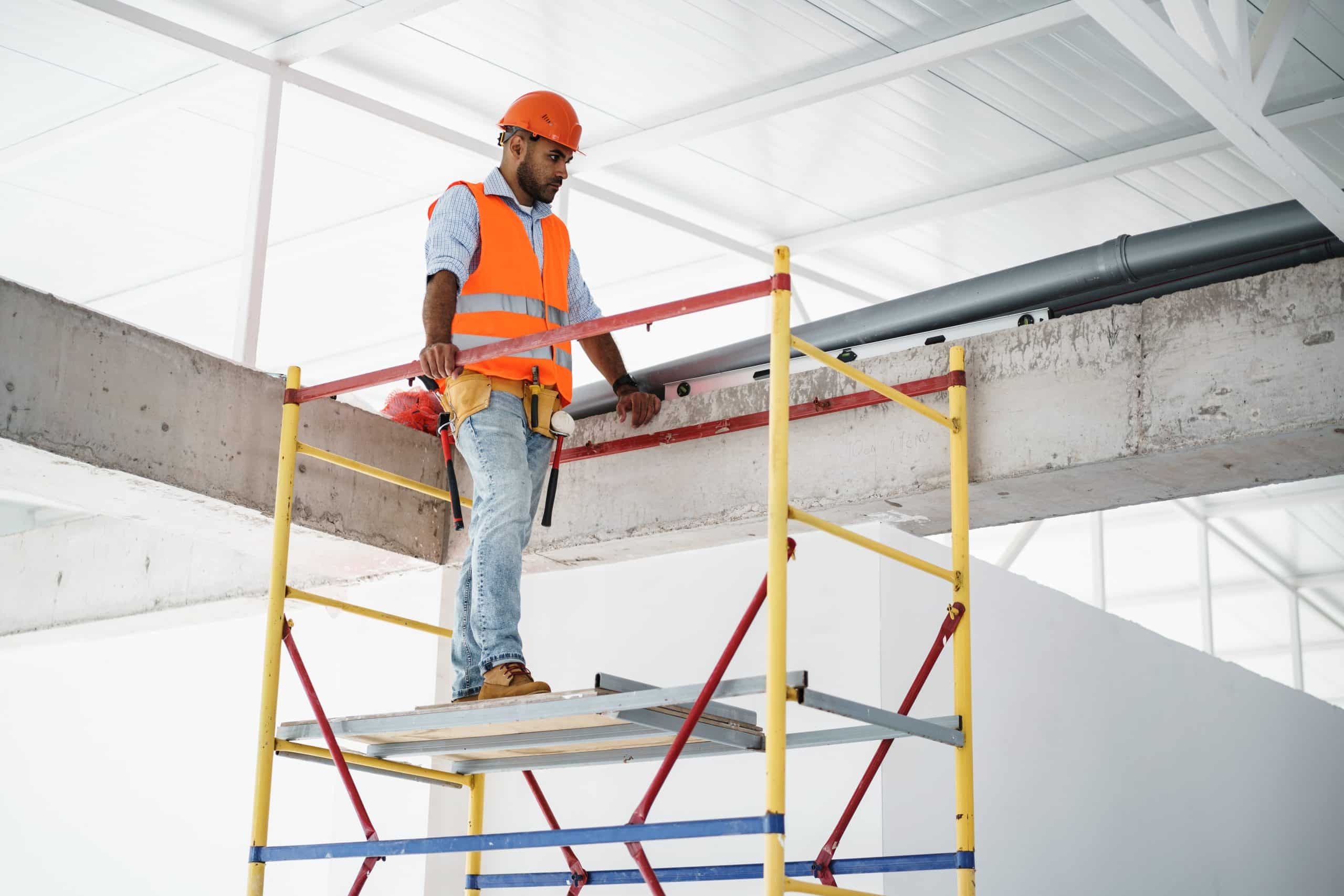
Prevent collapses from instability or overloading.
Poor foundation or footing, improper construction, overloading, and being struck by machinery can cause scaffolds to collapse. Always consider the following:
- Never build scaffolding on stacked bricks, blocks, or other unstable objects.
- All scaffolds require steel base plates, adjustable bases, or castors.
- Mud sills can be used under the base plates to spread the load when the scaffold is built on soil or asphalt. If using mud sills, nail them to the base plate to prevent movement.
- Know the load capacity of the scaffolding to avoid collapse. The scaffold must be able to support its weight and at least four times the intended load, which includes workers, tools, equipment, and materials.
- Always brace and secure scaffolds.
- Ensure scaffold platforms are fully decked at least 18 inches wide with secured scaffold-grade planks.
Use a competent person to train workers
A competent person should train workers on scaffold safety and inspect scaffolds and their components for defects before each shift. This person should be able to identify scaffold hazards and have the authority to correct or eliminate them. This person should also be responsible for overseeing set-up, dismantling, or changes in the scaffold. By following these guidelines, scaffolds can provide construction crews with an efficient worksite while maintaining the well-being and protection of everyone.
Scaffolding Accident Statistics
Serious and fatal scaffolding accidents routinely occur throughout the country, including here in Texas. While these construction site accidents can result in serious and life-changing injuries, the saddest part is that most of them could have been prevented if the Occupational Safety and Health Administration’s (OSHA) required safety protocol regarding scaffolding had been followed.
Here are some startling national statistics from OSHA concerning scaffolding accidents:
- 10,000 construction workers are injured every year in scaffolding accidents;
- In 2007 (the last year of available recorded data), 88 people died in fatal scaffolding accidents; and
- 72% of those scaffolding accidents were caused by planking or other support structures giving way, employees slipping, or employees being struck by falling debris.
Unfortunately what these statistics show is that by simply following OSHA’s safety standards for scaffolding, nearly 50% of these scaffolding accidents could have been prevented.
Scaffolding accidents are commonly caused by negligence through third-parties such as those responsible for assembling the structure, maintaining the safety of the scaffolding, and even the manufacturer of the scaffolding when the accident occurred as a result of a design flaw.
The only way to determine who may be ultimately responsible for your scaffolding accident injuries is to speak to a Texas construction accident attorney with experience in scaffolding and other common construction accidents. Workers’ Compensation may not offer enough compensation for permanent or long-term injuries, so it’s important for you to understand what financial options are available to you during this difficult time.
If you or someone you love has been seriously injured or killed in a Texas scaffolding accident, it’s vital for you to speak to an experienced Texas construction accident lawyer. A qualified attorney can look at the specifics of your case, help you determine liability, and explain all of your legal options for recovering the compensation you need and deserve.
